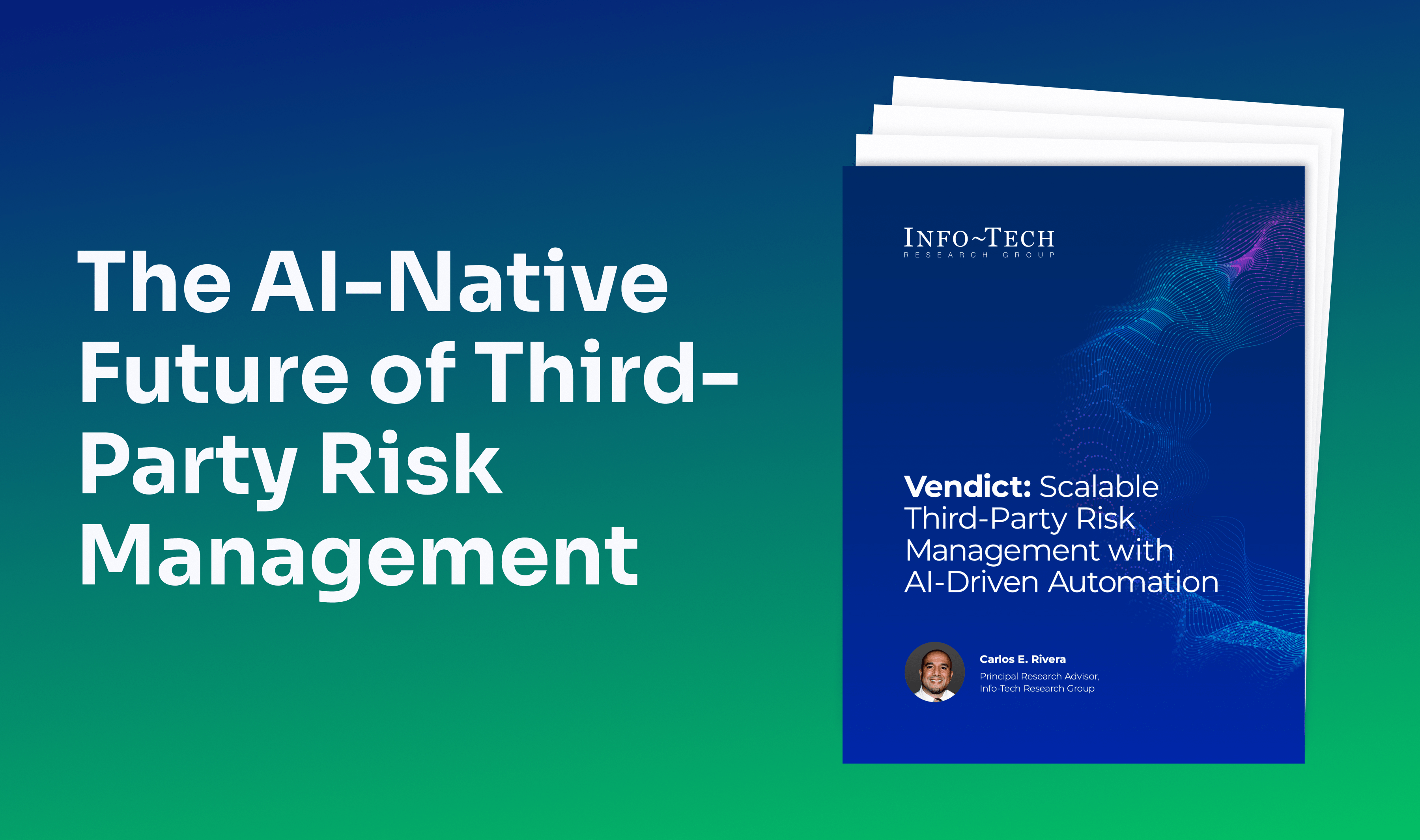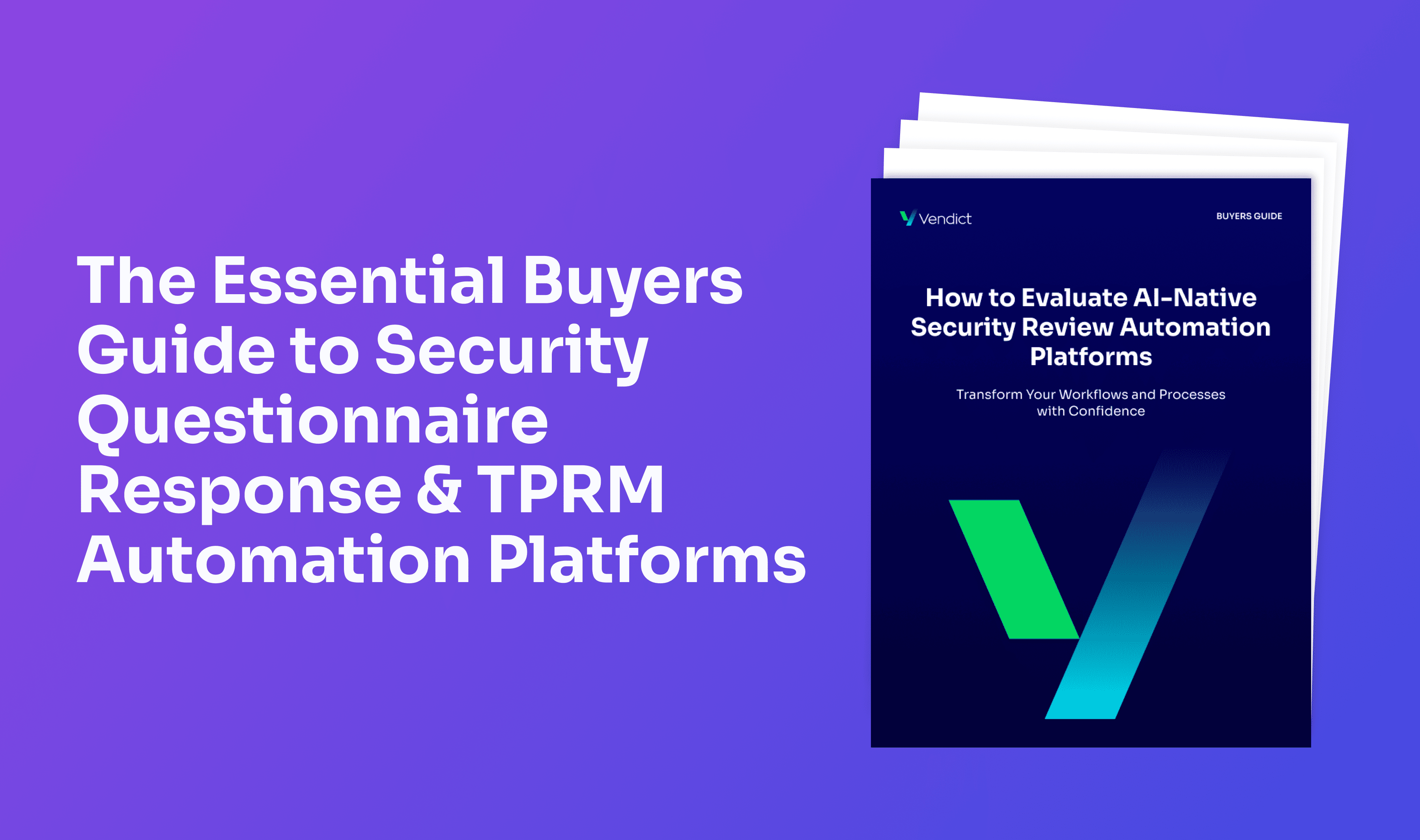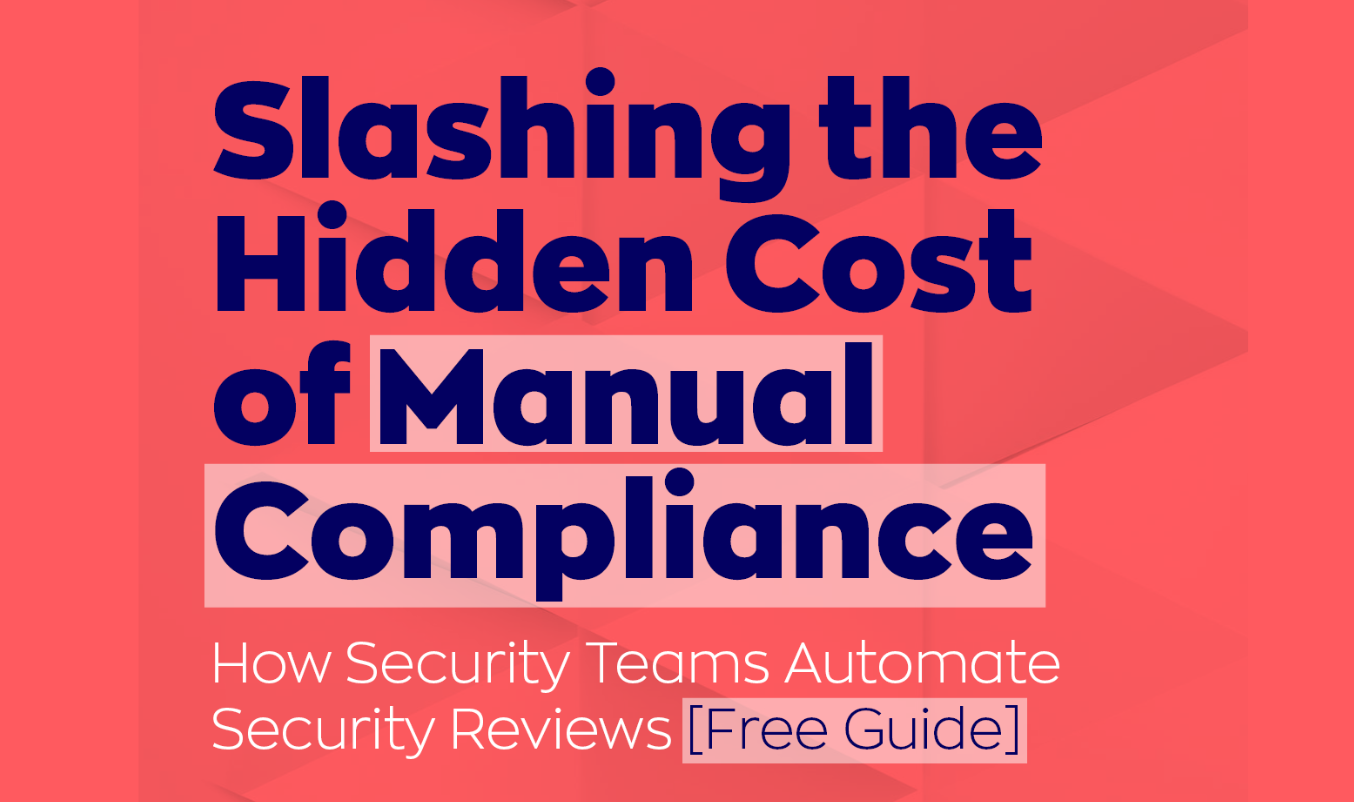ESG and the Tech supply chain

ESG
Those three letters are “the next big thing” on the minds of executives and business owners.
These new management frameworks are going to massively impact every industry in the world.
And they will do this by drastically changing the way firms interact with vendors and build their supply chains.
What we’re seeing emerging in the IT arena—which already deals with unique supply chain challenges—is massive consequences at every stage of program development and deployment.
There are two questions administrators should be asking right now:
What is the nature of these challenges and how can companies use them as opportunities to increase their value offerings to their clients?
Let’s jump in.
What is ESG?
Environmental, social, and corporate governance is an umbrella term for strategies and methods to bring environmental and social considerations into a company’s business objectives.
The ESG model asserts that companies shouldn’t only care about building a high-quality, reliable product but also about the broader consequences of building it.
ESG frameworks focus on diversifying the employee base, lowering the environmental footprint of operations, and, of course, ethical supply chains.
Over the past couple of years, ESG has become a major driver for enterprise value.
In 2019, $17 billion of additional investment funds were linked to the adoption of ESG frameworks, nearly a three-fold increase from the previous year. By 2021, that figure had nearly tripled.
To sum it all up, ESG is a selling point. A strong one. And it’s something customers are clearly looking for when making a purchasing decision.
ESG and Tech
Globally impacting events like COVID-19, cargo congestion, and the war in Ukraine have all shed light on supply chain issues and have pushed companies to look for more ethical supply options.
Practically, this has meant the diversification of vendors.
But here’s the problem:
Factoring these considerations into building supply chains has been a huge strain on companies.
On the one hand, CEOs want to demonstrate their ethics in business operations. But on the other hand, firms must have reliable and efficient supply options in order to function. Those options often do not align with their ESG frameworks.
When it comes to IT and digital tools, the effects have been even more disruptive. Programmers typically have a tight list of open-source repositories and vendors they rely on for critical components of their business cycle. Vetting them for ESG considerations can literally bring all of their operations to a halt.
Taking control
What developers seem to be missing in the whole ESG conundrum is that they’re mostly playing defense.
Many (if not most) firms that are trying to keep up with ESG are in a reactive state, responding to problems with suppliers as they arise. When it becomes clear a vendor is problematic, they find themselves scrambling for alternatives while their business suffers.
This, to put it lightly, is not a good strategy.
But here’s the good news:
The proactive approach is not as hard as you thought. By putting in place strong third-party risk management policies, companies can achieve the resilience and efficiency needed to run a business while at the same time maintaining their ESG standards.
We have the technology today to identify third-party liabilities, analyze vendor risk, continuously monitor for supply chain disruptions, and develop a viable alternative base, all while growing and developing revenue streams.
The tools are here. It’s time to grab the bull by the horns.
Learn how Vendict is empowering firms to take control of their supply chain security, achieve compliance, and cut out nearly all the menial work.
.png)








.png)
